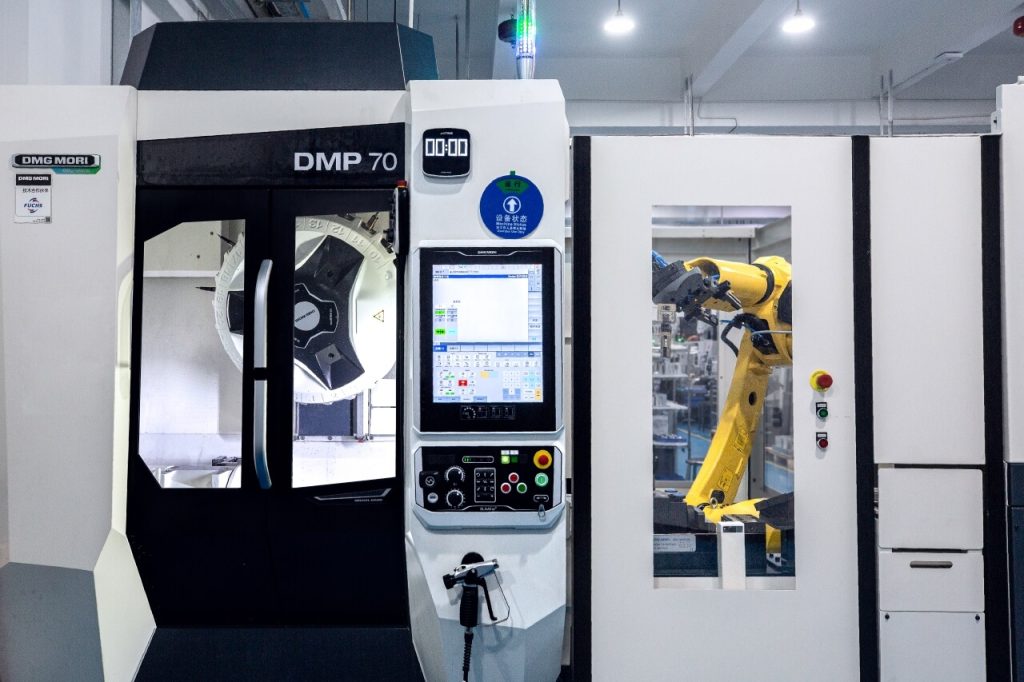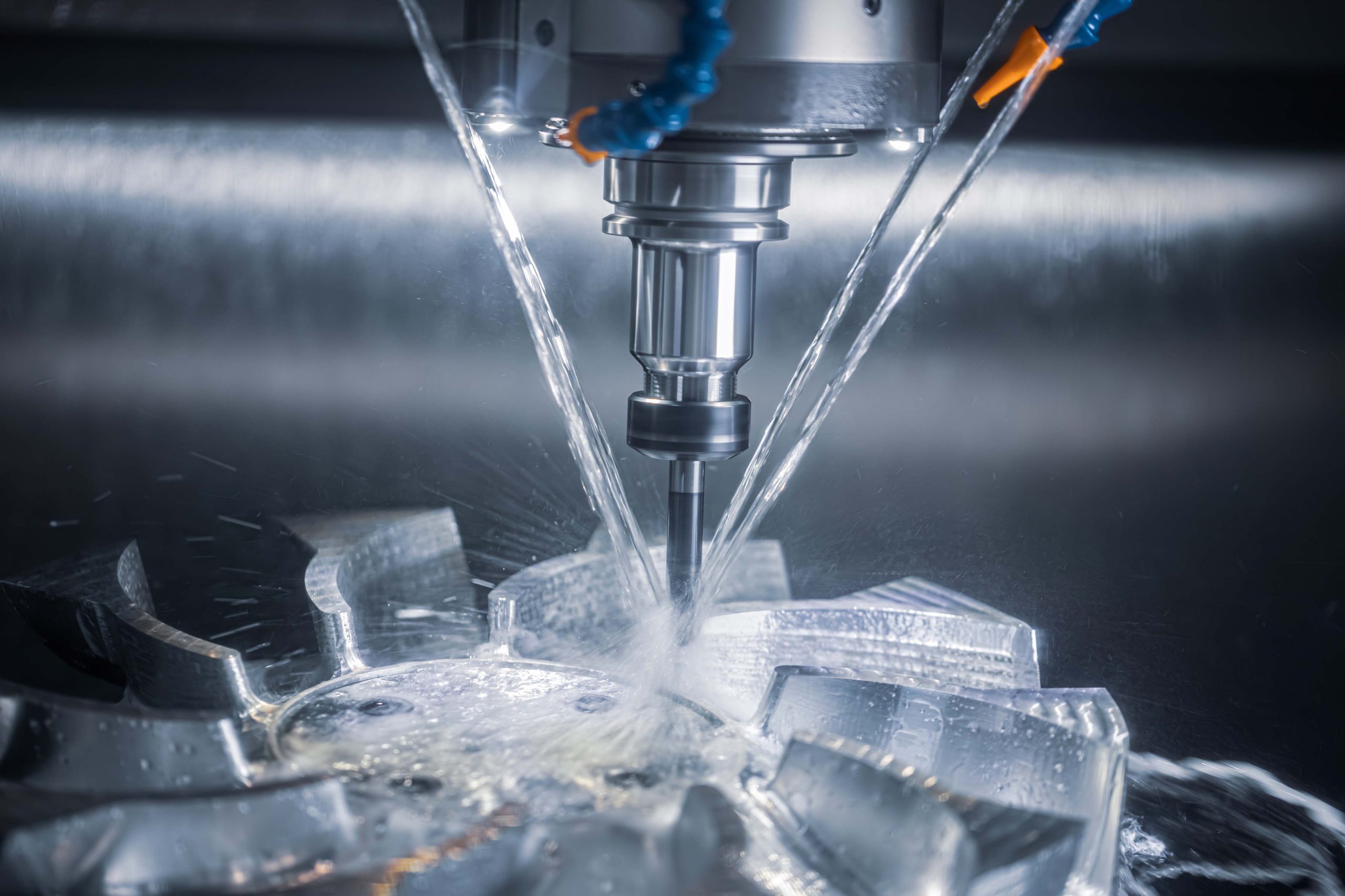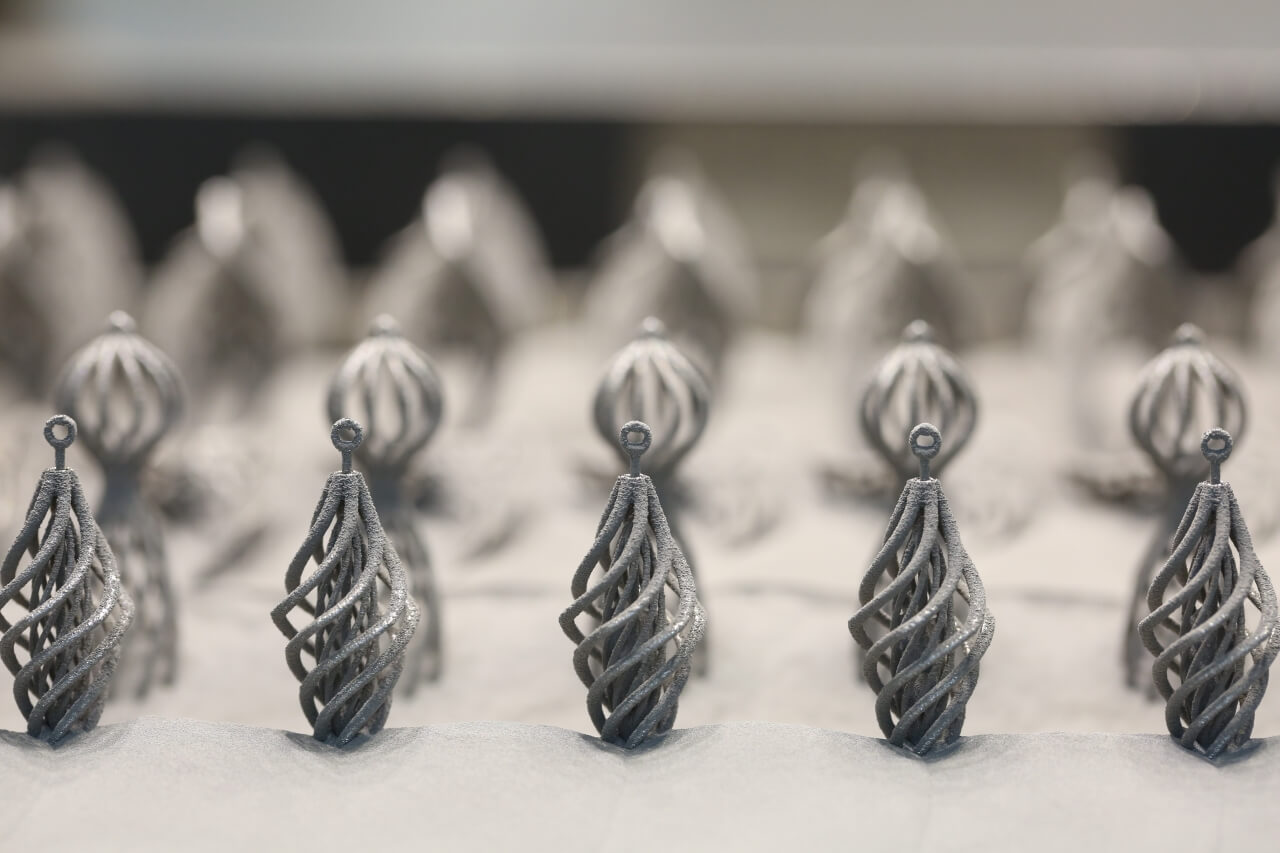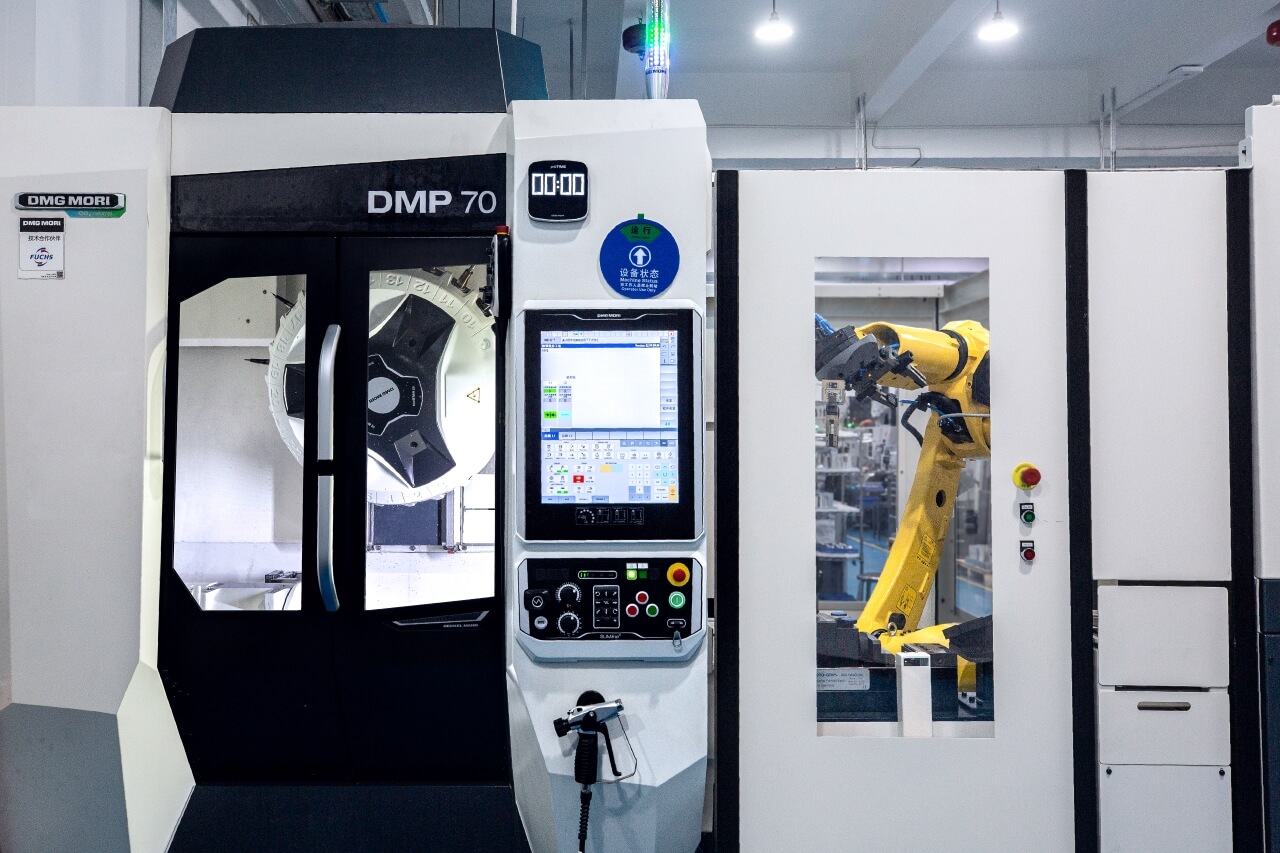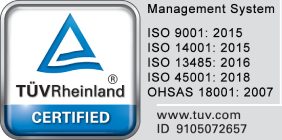Production environments for manufactured parts are under constant pressure to offer the highest possible quality to their customers while controlling – or even lowering – costs. To make great custom parts in the shortest time, savvy factory managers must use modern equipment, software solutions, and best practices on the shop floor to identify and eliminate waste. One of the primary ways to do this is by carefully analyzing manufacturing cycle times.
To fully understand cycle time in manufacturing, we’ll need to explore the different ways that cycle times can be calculated and then focus on optimization strategies so that you can offer the most competitive service to your customers, regardless of the type of product you make. Valuable insights can improve your company’s performance, profitability, and reputation for excellence.
Defining Manufacturing Cycle Time Basics
What is Cycle time?
Cycle time in manufacturing is simply the total elapsed time it takes to convert raw material into a finished product. Let’s explore how this time is composed of many smaller discrete steps.
Measuring Cycle Time During the Production Process
One of the main reasons it’s so crucial for factory managers to carefully measure and control cycle time in manufacturing is that all factories operate with certain unavoidable manufacturing costs. These include expenses like employee salaries, power, insurance, taxes, equipment maintenance, depreciation, and rent. These fixed costs must be paid regardless of what products, if any, are being made.
Therefore, it makes perfect financial sense to ensure that all activities on the shop floor are focused to the greatest possible extent on adding value to whatever you make – value that can be translated into profit that helps to offset these overhead costs and allows a business to grow.
Operational efficiencies produce satisfied customers who get their orders delivered on schedule while helping manufacturers maintain their competitive edge even during periods of economic uncertainty. Finally, efficient factories also tend to make higher-quality products because every detail is constantly being monitored, and nothing is left to chance.
The Top 4 Cycle Time-Related Terms
Multiple steps during production can be measured separately to yield a more detailed and granular analysis of general productivity on the shop floor. Let’s examine the major manufacturing cycle time terms and some useful examples.
1. Value-Creating Time
Value-creating time is the portion of the total cycle time that creates value that a customer would be willing to pay for.
This is also known as value-added time, and what constitutes value and how to account for it per unit item can be tricky. It depends on the kind of service being performed. For example, one injection mold tool might make millions of parts, so the value of the time it took to make it is spread out over many pieces.
2. Non-Value-Creating Time
Also known as non-value-added time, this is time spent performing a function that doesn’t contribute directly to adding value from the customer’s perspective.
It’s important to note that not all non-value-creating time is wasted. For example, carefully testing and inspecting parts in-process is valuable to the quality controls of the manufacturing process, but perhaps not directly to the consumer. Manufacturers have a vested interest in maximizing value-added time while reducing or eliminating non-value-added without compromising quality or safety.
3. Machine Cycle Time
Consider a CNC machining center programmed to perform a milling operation on a given workpiece. The machine cycle time begins when the operator presses the start button and ends when the part is removed and the machine is reset and prepared to operate on the next part.
There is a great incentive to reduce machine cycle times as much as possible by making the equipment move faster. Similarly, factory managers also look for ways to reduce machine downtime so value is always being added to a workpiece.
4. Operator Cycle Time
Operator cycle time, also known as touch time, is the time it takes for a worker or operator to perform their task in the production process, divided by the number of parts affected by that process. It is a valuable metric for evaluating the efficiency of manual labor in a production environment since human beings will naturally move at different speeds depending on variables such as age, experience, and fatigue.
How to Calculate Manufacturing Cycle Times
Cycle Time Formula
Manufacturing cycle time is calculated by dividing the total production time, from input to output, by the number of parts made in that time or in some cases by the volume of value-added material created, such as in a textile mill.
Total Production Time / Total Parts Produced = Average Cycle Time
This metric provides the most useful data when spread out over an extended period, measuring the same or a similar product over many production runs.
Calculating manufacturing cycle time for one-off or sporadic orders of highly customized parts is more difficult because the cycle times aren’t optimized for maximum efficiency. Still, as more data is collected year after year, the manufacturer gets an ever-more accurate way of estimating how long it takes to turn material X into product Y.
Within the larger scope of overall cycle times in manufacturing, there are a few other time-related variables that some producers may also want to track.
Order Lead Time Formula
The order lead time refers to the total time taken from the moment an order is received by the manufacturer until the product is delivered to the end customer. This includes administration and order processing, arranging work with subcontractors, and shipping. Order lead times are always longer than manufacturing cycle times.
Order Delivered + Order Received = Order Lead Time
Order-to-Cash Time
Also known as O2C time, it’s the period it takes for a business to receive a customer’s order and convert that order into cash.
It’s the time spent processing the order, manufacturing it, and receiving payment.
Takt Time Formula
Derived from the German word “takt” (meaning rhythm), takt time measures the rate at which a product needs to be manufactured to satisfy customer demand. Note that takt time is only used for production volumes with recurring demand cycles – it’s not as useful for custom one-off orders.
Takt time ensures production is precisely aligned with customer demand, preventing overproduction or underproduction.
Takt time and cycle time differ because the former focuses on aligning production with demand, whereas the latter measures the time it takes to complete one unit or product.
Workable Production Hours / Customer Demand (Number of Units) = Takt Time
Process Cycle Time Formula
This refers to the time it takes to complete a specific task or process, including value-added and non-value-added steps. It is essential for identifying bottlenecks and optimizing overall equipment effectiveness.
Let’s say a plastic injection molding machine completes an injection cycle, after which the mold opens, and the finished product is partly ejected. This represents one machine cycle, and it is considered a value-added activity.
However, the operator must then open the machine’s access door, remove the part, install two hand-loaded inserts, close the door, and cycle the machine again.
These are non-value-added steps but they are calculated as part of the overall process time required to make that one part.
Total Time / Number of Units Produced = Process TimeCycle Time in Manufacturing: Best Practices
Managers need to collect accurate data at every stage of production to improve the performance of their operations. Fortunately, many tools and best practices are available to help them do this.
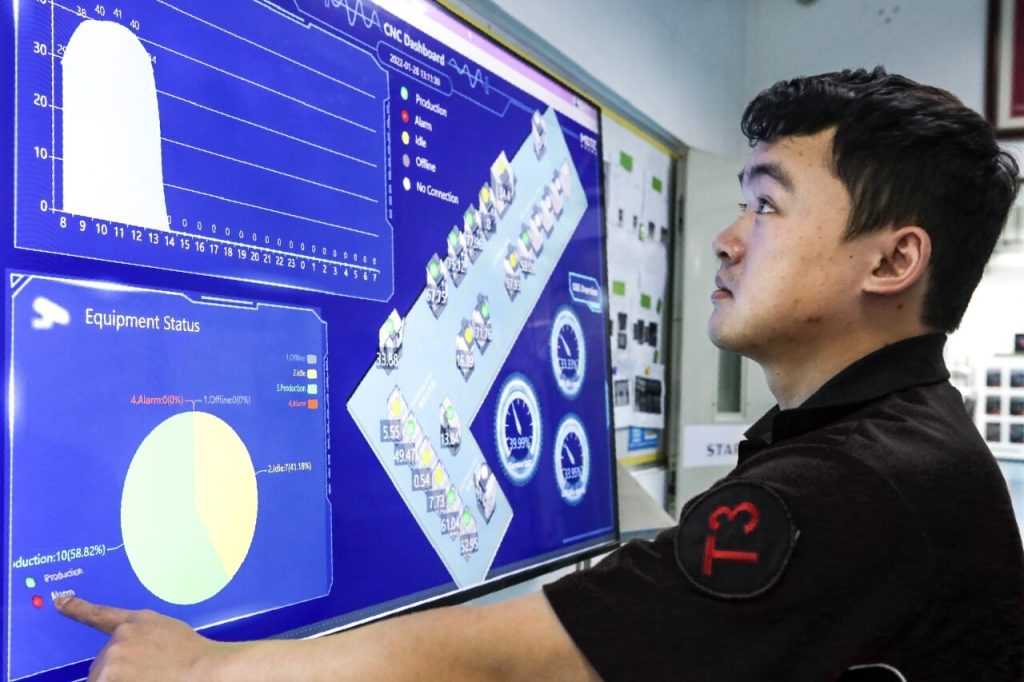
Process and Machine Cycle Time Monitoring
By monitoring process and machine cycle times, it’s easier to identify inefficiencies and opportunities for improvement.
Review and save this quick guide on how to effectively monitor cycle time in manufacturing:
- Utilize software tools designed for tracking and analyzing cycle time data. These tools provide real-time insights and help identify bottlenecks in each process.
- Establish benchmarks for cycle time based on industry standards or past performance. This will help you measure progress and set realistic goals for improvement.
- Conduct regular reviews of cycle time data to identify areas for improvement. This informed decision-making will help you implement changes to optimize the overall process.
- Form cross-functional teams to analyze cycle time data and identify root causes of inefficiencies. A collaborative approach can lead to innovative solutions and process improvements.
The Kaizen Philosophy
Kaizen, which means “continuous improvement” in Japanese, focuses on making small, incremental changes to improve processes and systems.
When applied to tracking cycle time in manufacturing, a continuous improvement process can help identify and eliminate waste, streamline workflows, and improve overall efficiency.
By encouraging employees at all levels to contribute to continuous improvement efforts, Kaizen can lead to significant reductions of cycle time, machine downtime, or delays between value-added tasks.
Automated Data Collection Systems
Automated data collection systems can greatly improve the accuracy and efficiency of time measurement.
These systems can collect data from various sources by using electronic sensors placed on and between processing equipment. Whether there’s a supply delay, a machine malfunction, or continuous operator error, a data collection system can record important information that might not be readily apparent.
Collating this data with a centralized digital database can give managers a comprehensive overview of workshop performance, helping to identify areas for more effective resource allocation.
How to Reduce Cycle Time
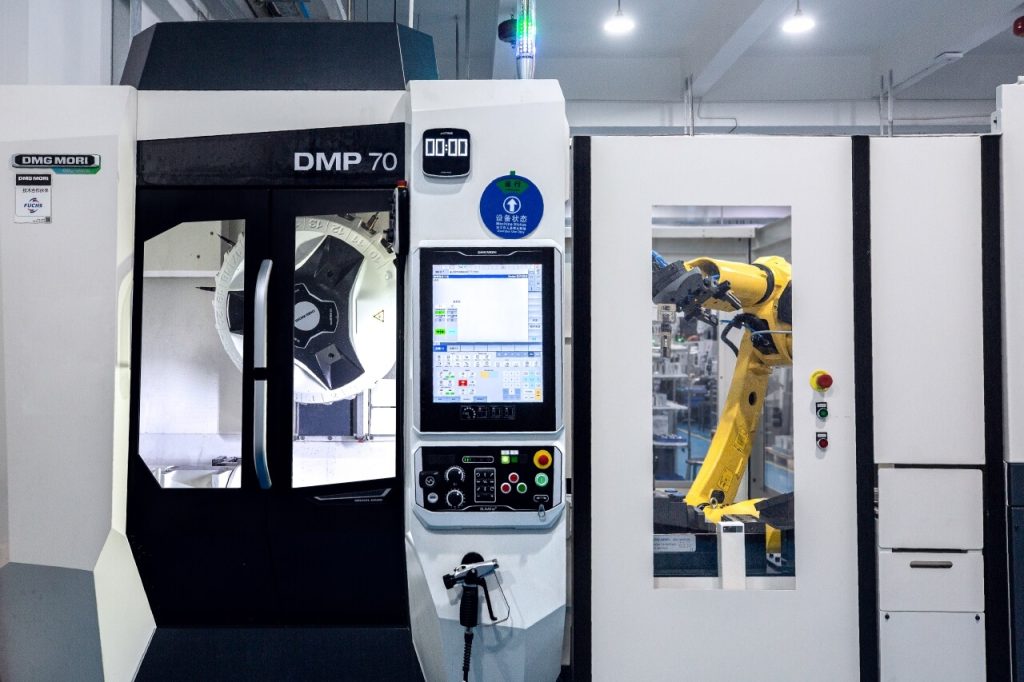
Identify and Analyze Bottlenecks
Once managers collect accurate performance data with these methods, they’re ready to take steps to improve their operations by reducing non-value-added work. The process is a never-ending journey, but it starts by identifying and removing bottlenecks. Bottlenecks are points in the process where the flow of work is constrained, leading to delays, excessive wait times, or inefficient use of resources.
Try these best practices for addressing bottlenecks.
- Process Mapping: Create a detailed map of operations to identify the physical location of each process step. The map can help reveal ways to streamline and rationalize the layout of equipment and materials.
- Data Analysis: Analyze data on manufacturing cycle times, machine utilization, and inventory to help identify patterns and trends that may indicate bottlenecks. Focus on areas where work is piling up or where machines are frequently idle.
- Root Cause Analysis: Use the “5 Whys” to determine the root cause of bottlenecks. This technique involves asking why a bottleneck is occurring, and then asking why again to uncover deeper issues. This process is repeated up to 5 times to reveal the root cause.
- Capacity Planning: Ensure that production output aligns with demand. If certain processes or machines are consistently overburdened, invest in additional capacity or reallocate resources to balance the workload.
Simplify and Streamline Workflows
Simplifying and streamlining the operational process can lead to significant reductions in manufacturing cycle time.
The best ways to simplify and streamline are by:
- Standardizing processes to eliminate unnecessary steps and reduce variation, leading to faster and more efficient production.
- Optimizing workflows to identify areas where tasks can be rearranged or combined to reduce idle time and improve production rate.
- Reducing changeover times by implementing quick-changeover techniques and standardizing setups. This will minimize the expected time it takes to switch between different products or tasks.
- Identifying and eliminating waste such as excess inventory, unnecessary movement, or overproduction to reduce costs and increase operational efficiency.
- Implementing lean principles to help identify and eliminate non-value-added activities, leading to a more efficient process.
Establish Standard Operating Procedures (SOPs)
Standard Operating Procedures (SOPs) streamline manufacturing operations and reduce cycle times by ensuring that tasks are performed consistently and efficiently.
Be sure to do these three things:
- Document Processes: Create detailed documents outlining each operational step, including work instructions, checklists, and visual aids.
- Train Employees: Familiarize your employees with all relevant SOPs and be sure they understand the importance of following them to maintain efficiency.
- Monitor Performance: Operation-wide performance should be regularly measured against the SOPs to identify areas for improvement and ensure compliance.
Employ Automation
Automation can significantly reduce production cycle time and takt time by replacing manual tasks with automated processes.
Try these three automation tips to help you streamline production:
- Identify repetitive or time-consuming tasks that can be automated, such as data entry, quality control, or material handling.
- Introduce robotic systems to perform tasks that require speed and precision. This can lead to lower lead times, such as with assembly or packaging. Automatic systems also operate without getting injured or fatigued, so their output is always consistent and reliable.
- Ensure that automated systems are integrated seamlessly with existing processes to maximize efficiency.
Use Good Raw Materials
Using high-quality raw materials can contribute to shorter cycle times in manufacturing by reducing the likelihood of defects, rework, or time-consuming manual sorting and separation.
Ensure reliable raw material acquisition by:
- Working with suppliers who provide consistent, high-quality materials to minimize variations in the supply chain. Check out our materials guide to learn more.
- Implementing rigorous quality control measures to ensure that raw materials meet specifications before they are used in production.
- Maintaining optimal inventory levels to avoid shortages or excess stock that can lead to delays in production.
Reduce Machine Downtime
Machine downtime can significantly impact cycle and lead times.
Reduce your downtime by:
- Establishing preventive maintenance programs to prevent breakdowns and ensure optimal performance.
- Optimizing changeover processes to reduce downtime between production runs.
- Training machine operators to identify and address minor issues to prevent major breakdowns.
Use Skilled Labor
Never underestimate the power of skilled labor. A skilled operator can optimize their digital CNC machine tool programs to make complex parts using the shortest and fastest tool paths and the highest feed rates, thereby reducing machine cycle time per part.
Skilled workers are crucial in reducing production cycle times because they can identify inefficiencies, propose improvements, and troubleshoot issues.
Empowering the workforce to be proactive in driving operational excellence can lead to significant reductions in cycle time while maintaining high standards of quality and efficiency.
Optimized Product Design
When product designers and manufacturers work closely together, they often find ways to modify designs that lead to faster throughput. This can reduce the number of unnecessary, time-intensive critical tolerances to a minimum.
Feel free to use our design tips and resources to improve your designs for custom plastic and metal parts.
Manufacturing Cycle Time: The Key to Optimization
A complete overview of manufacturing cycle time for custom-manufactured parts can help you to identify areas for optimization. Conversely, it also highlights areas that cannot be improved without harming the product’s quality or exposing workers to safety hazards.
Working with a manufacturing partner who already has best practices for optimizing cycle time significantly reduces the burden of analysis on the producer. This not only saves time and energy but also gives producers an invaluable resource when evaluating where savings can and can’t be made.
Read more about the key elements of custom parts production on the Star Rapid Blog:
- Design for Manufacturing
- Materials Guide
- Lean Manufacturing
- Manufacturing Processes
Tagged:

